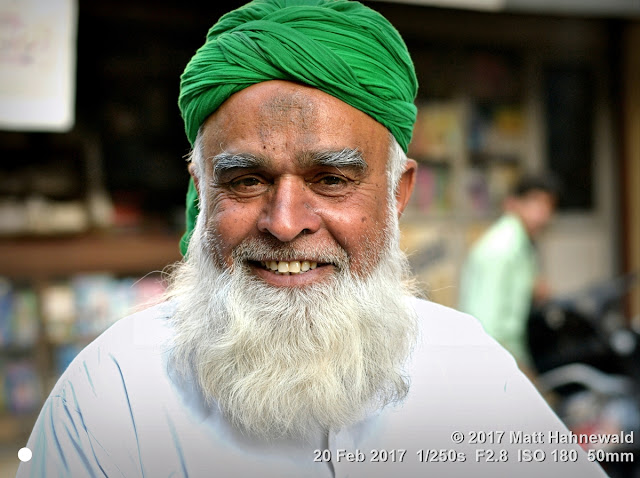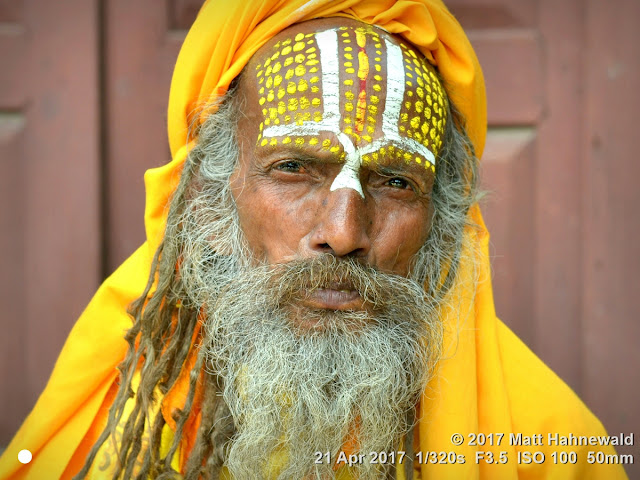Facial hair is hair grown on the chin, cheeks, and upper lip region, and it’s not something to trifle with. However, beards and moustaches are a vestigial trait from a time when humans had hair on their face and entire body. Interestingly enough, some faiths require the removal of facial hair whilst others do not. Many religions do encourage or require their men to grow and keep beards.
Why do God and his (!) servants like facial hair so much? Maybe because it’s supposed to represent manliness, virility and power since it’s an important secondary sex characteristic of the human male...
(i) Sikhism has considered a full beard to be absolutely essential for all males able to grow one, and mandate it as part of their official dogma. Sikhs believe that hair is a natural form as created by God. As a result, cutting hair is forbidden in Sikhism for those who have taken the amrit initiation ceremony. Hair is part of god’s creation to Sikhs, and is therefore sacred. Sikhs believe honouring God includes never shearing any hair on their body. Doing so would mar the perfection of God’s creation, they believe.
Why do God and his (!) servants like facial hair so much? Maybe because it’s supposed to represent manliness, virility and power since it’s an important secondary sex characteristic of the human male...
(i) Sikhism has considered a full beard to be absolutely essential for all males able to grow one, and mandate it as part of their official dogma. Sikhs believe that hair is a natural form as created by God. As a result, cutting hair is forbidden in Sikhism for those who have taken the amrit initiation ceremony. Hair is part of god’s creation to Sikhs, and is therefore sacred. Sikhs believe honouring God includes never shearing any hair on their body. Doing so would mar the perfection of God’s creation, they believe.
(ii) In Islam, the Quran does not prescribe beards for Muslims, but the hadith (the collected sayings of the Prophet Muhammad) describes Muhammad as ordering his followers to wear beards: “Differ from the polytheists: let your beard (grow), and trim your moustache,” the hadith reads. Trimming the moustache is considered to be a sunnah and mustahabb, that is, a way of life that is recommended, especially among Sunni Muslims.
(iv) The male members of the Rabari people, a pastoralist community and scheduled tribe in the Indian states of Gujarat and Rajasthan, grow friendly mutton chops and mighty (handlebar) moustaches. They take great pride in their facial hair; in fact it is the fountain hood of their very maleness and a mark of
their virility. The Rabari myth of origin is that Shiva put them on earth to tend to the camels owned by Parvati. Their religion is often a mix of Hinduism and Animism.
(v) In (Theravada) Buddhism, monks follow the vinaya rules about hair and always completely shave their head and beard, showing their commitment to the holy/monastic life. The monastic ordination ceremonies of all schools of Buddhism include head shaving; the beard is perceived as an unnecessary feature and is also removed.
High-res portrait photographs with full exif data, precise geotags and technical details in Matt Hahnewald's
Flickr Album 2017-02a Establishing Rapport in Ahmedabad
Flickr Album 2016-11b Absorbing Orissa's Ethnic Mosaic
Flickr Album 2016-11a Rocking the Rickshaw in Calcutta
Flickr Album 2016-02b Rambling Around Arunachala Hill
Flickr Album 2014-12b Dyeing with Dignity and Henna
















2 comments:
Great shots of all kinds of hair. What about the first shot? Please elaborate.
"Gender is like a Rubik’s Cube with one hundred squares per side, and every time you twist it to take a look at another angle, you make it that much harder a puzzle to solve..." (acc. to Sam Killermann, The Social Justice Advocate's Handbook: A Guide to Gender).
Post a Comment